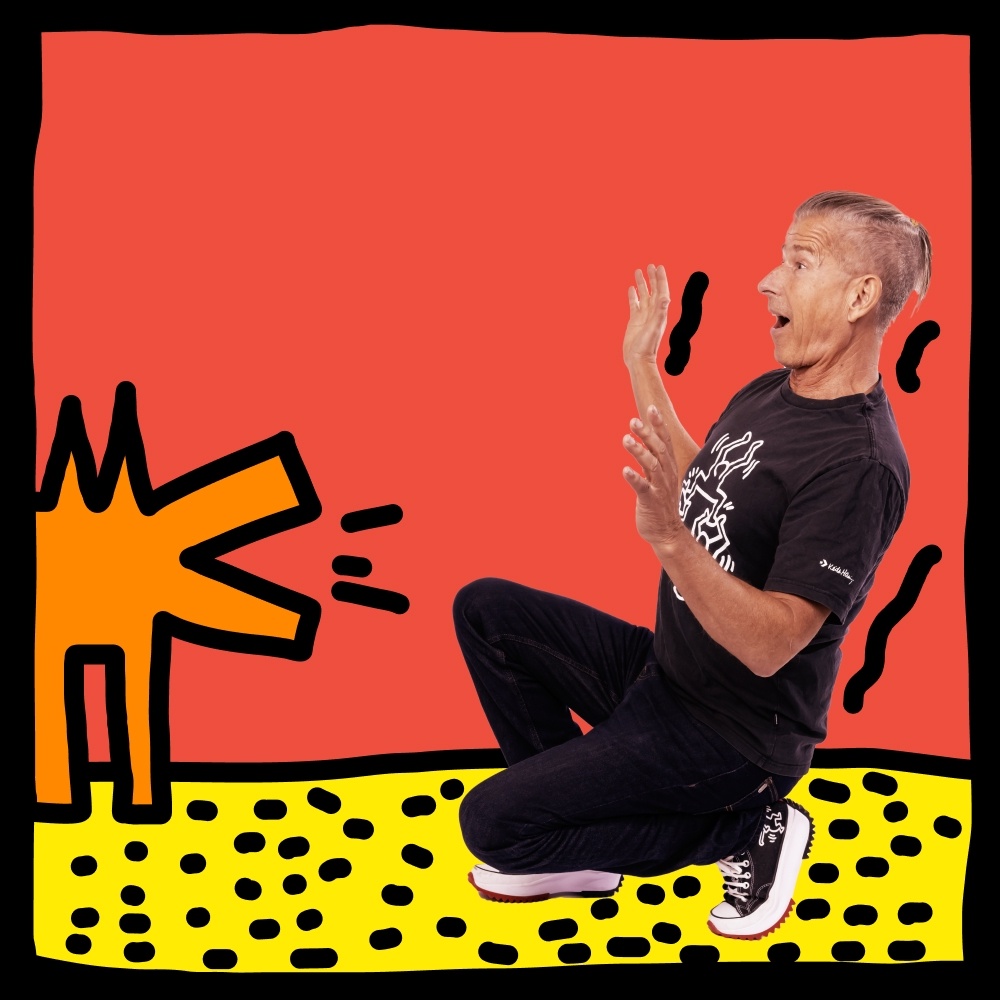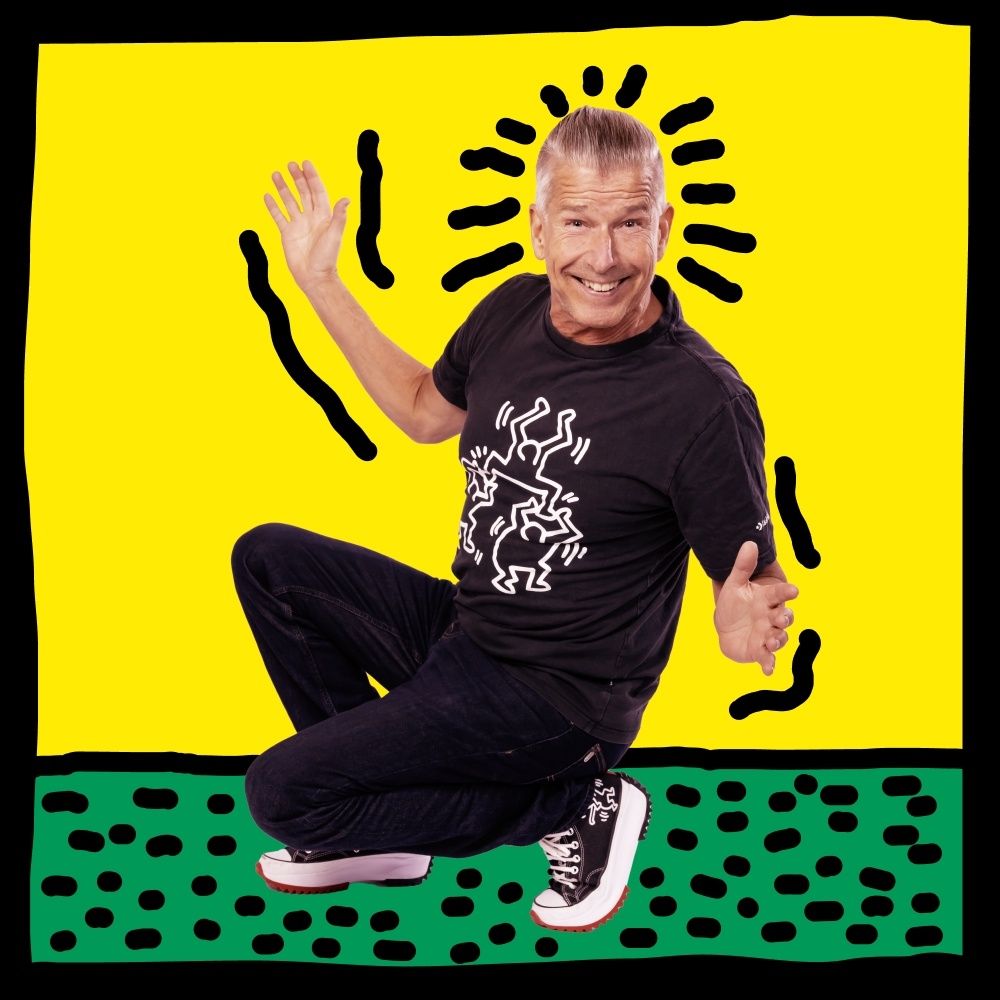Our Approach
Methods & Tools
Awareness
Becoming aware – for example, of our typical behavior patterns – is the first step toward change in our coaching! The second step is taken when we become aware of alternative behavior patterns...
Intention
The desired change is achieved when our intention is systematically focused on influencing the quality of interaction, rather than trying to change another individual's behavior by demanding or persuading.
New Choice
When we become aware of how we behave on autopilot and focus our intention on the quality of interaction, the possibility for different actions opens up. The change has already occurred.
Applied Improvisation
Improvisation generally refers to performance or actions that are not planned in advance. Applied improvisation allows for the exploration and practice of interaction situations in an imaginary and psychologically safe environment. Recent studies (Seppänen 2021) show that the bodily and emotional responses to genuine and improvised social situations do not systematically differ from one another. In other words, social interaction situations can be modeled and practiced in a realistic and reality-simulating way using applied improvisation techniques.
The umbrella of applied improvisation also includes the following methods and their improvisational applications:
- Forum Theatre, Storytelling Theatre, and Sociodrama
- Other art-based methods, including applied visual arts, music, and movement
- Positive psychology theories and exercises
- Mindfulness, conscious presence
- Learning LARP (Live Action Role Play)

Creative Facilitation
Facilitation refers to the process of making thinking, interaction, and creativity easier, helping, and enabling others. The simplest way to describe functional and creative group facilitation is by using the ABCD model.
- A: The content to be addressed, such as the meta-skills of improvisation, or the client’s own topics.
- B: Functional exercises that stimulate thoughts, emotions, and insights.
- C: Debriefing discussions that verbalize and share the observations and insights that arise.
- D: Facilitation, including time and content management, providing instructions for exercises, and guiding the debriefing discussions.

Coaching Approach
Coaching is not teaching, consulting, or therapy. The coach creates a space of psychosocial safety and trust within the group, allowing room for change, where participants feel heard and seen for who they truly are. The coach supports the coachees on their journey toward their own goals. They listen, ask questions, and facilitate the exploration of the situation from various perspectives and in creative ways.
The goal of coaching is to generate insights and spark new thinking, as well as to foster conscious choices regarding behavior change. The coach creates the framework or structure, while the content and objectives come from the coaching group itself.
